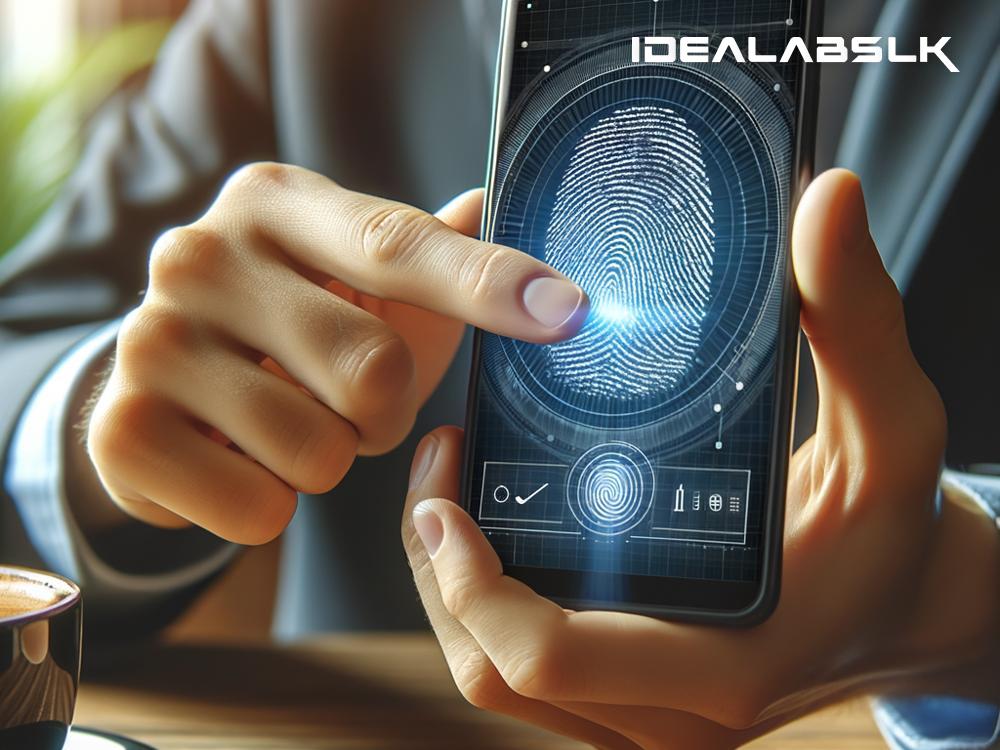In the digital age we live in, keeping our devices secure is more critical than ever. Think about all the personal information stored on your smartphone or computer - from photos and messages to banking details. It’s a treasure trove for hackers. This is where biometrics come into play, serving as a futuristic key to our digital lives. So, let's dive into the fascinating world of biometrics and understand its role in device authentication.
What is Biometrics?
Biometrics refers to the unique physical characteristics of an individual that can be used for digital security. This could be anything from a fingerprint or facial pattern to the way you speak or even how you walk. The idea is simple yet powerful: use what’s unique about you to keep your devices safe.
The Rise of Biometrics in Device Authentication
Gone are the days when a simple password or PIN was enough to secure our devices. Hackers have become smarter, employing various techniques to crack these security measures. That’s where biometrics step in. By requiring something as unique as your fingerprint to unlock a device, the security level skyrockets. You might forget a password, but you can’t forget your fingerprint!
Different Types of Biometrics Used for Authentication
- Fingerprint Recognition: Perhaps the most common type, used in smartphones and laptops. It's quick, efficient, and highly secure.
- Facial Recognition: Your device scans your face to identify unique features. It’s gaining popularity, especially in smartphones and airports.
- Voice Recognition: This technology analyzes your voice pattern to verify your identity. It's used in customer service and virtual assistants.
- Iris Recognition: A highly secure method that scans the unique patterns in your eyes. It’s commonly used in high-security areas.
Why is Biometrics Important for Device Authentication?
Enhanced Security
Using biometrics adds a layer of security that is extremely difficult for hackers to bypass. Unlike passwords, your biometric data is unique to you and cannot be easily replicated.
Convenience
Biometrics offer a seamless experience. No need to remember complex passwords or change them regularly. A touch or a glance is all it takes to access your device.
Speed
Biometric authentication happens in seconds. This efficiency can save precious time and improve overall user experience.
Increasingly Accessible
As technology advances, biometric systems are becoming more affordable and widespread. They are no longer limited to high-end devices but are becoming standard in many mainstream gadgets.
Challenges and Concerns
Despite its advantages, biometric authentication isn't without challenges.
Privacy Concerns
The use of biometrics raises significant privacy issues. Storing and managing personal data like fingerprints or facial patterns requires robust protection against misuse.
False Rejections and Acceptances
No system is perfect. There can be instances where a device might fail to recognize its rightful owner (false rejection) or worse, grant access to an imposter (false acceptance).
Potential for Hacking
While hacking biometric data is considerably harder, it’s not impossible. High-profile breaches have raised concerns about the security of biometric databases.
The Future of Biometrics in Device Authentication
Despite these concerns, the future of biometrics looks promising. Innovations continue to improve both the security and convenience of biometric systems. Research is ongoing into even more secure and user-friendly methods, like heartbeat recognition or vein pattern identification.
Additionally, combining biometrics with other forms of authentication (like passwords or PINs) in a multi-factor authentication system can offer even greater security. This hybrid approach minimizes the risk of unauthorized access and ensures that even if one form of security is compromised, others can still protect the device.
Conclusion
The role of biometrics in device authentication is becoming increasingly important, offering a secure and convenient way to protect our digital lives. While challenges remain, the potential for creating safer and more user-friendly devices is vast. As technology evolves, so too will the sophisticated methods we use to secure it. Embracing biometrics might just be the key to unlocking a safer digital world.

